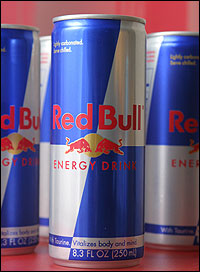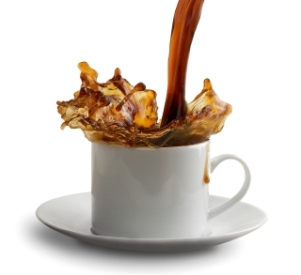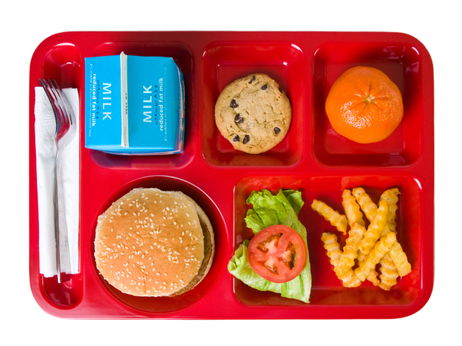Dear MGM Grand Employees,
We are pleased to announce a special offer to all MGM/Mirage corporation employees from Encore Personal Training, Boot Camps, Pilates and Hot Yoga. Encore specializes in professional personal training and corporate team building by bringing the fitness and wellness boot camp to the hotel spa gyms and also offers personal training for LVAC members and celebrities. There will be modifications based on each participant’s conditioning, needs and goals. Placement for beginners and athletes available. Ongoing sign-ups are welcome. Sign up online, set appointments, show up early with completed confidential health & safety questionnaire and liability waivers that you will receive in your email after login.
REQUIRED LOGIN & BOOKING INSTRUCTIONS
1. Go to Encore website www.RockYourBody.com, click on “Book Now!”
2. Make a new account for online scheduling to map your attendance
3. Select MGM Employee Fitness Tab or LVAC Appointments Tab
4. MGM: Click on the Calendar icon to select a start date and “Sign-up Now!”
LVAC: Click on “Free Consult”
5. Make single or recurring reservations
6. Select MGM Unlimited Personal Training Membership for $199.99
or LVAC Encore Membership of your choice.
MGM Unlimited Membership (click here to buy month-to-month now)
7. Pay online, call to pay over the phone or bring a credit card or check
MGM/Mirage Encore Fitness Membership for employees includes Unlimited Encore Personal
Training at LVAC 9 am – 2 pm Mon-Fri. Other times available, please see Encore website for pricing.
LVAC gym memberships and Encore Personal Training memberships are separate agreements*
Grand Opening: Unlimited Encore Personal Training in the MGM Grand Spa gym $199.99 month-to-month agreement, 3 month minimum for employees after work on personal time. Sign up now to lock rates. Intro specials available.
Unlimited Appointments start every half hour. Please arrive on time to receive play of the day. Encore T-shirt or tank top required for participation.
Monday – Thursday
7:15 pm – 7:45 pm
7:45 pm – 8:15pm
Friday
8:15 pm – 8:45pm
8:45 pm – 9:15pm
Pool Side Boot Camps, Stretching & Abs, Hot Yoga, Pilates and other times available upon request.
Before & After photo shoots with Body Fat testing are available for only $44.99 on Thursdays & Fridays by the locker room after the spa closes to guests and at Encore’s private photo studio.
Thank you in advance for taking the time to learn how to navigate the Encore web site for instant solutions to your busy life. Please book, cancel and reschedule all appointments online.
Conveniently verify the dates and locations you have booked. While logged in, please practice how to select the “My Info” tab and then click “My schedule.” You can manage all your billing information and conveniently make purchases the same safe and secure way that you would pay any other way.
If you have any questions please do not hesitate to call Encore. Please arrive at least 15+ minutes before your workout start time to lock up your belongings and begin warming up on the gym cardio equipment and don’t forget to sign-in.
For nutrition appointments, please book online under the LVAC appointments tab and call (702) 845-4100 at the time of your scheduled appointment for the personalized phone interview. Your custom meal plan will be e-mailed to you along with your grocery list. Male and female instructors available. Dress code is workout or business attire the first day.
Please call Encore if you have any questions, comments, suggestions or prefer to book over the telephone. The Before Photo Shoot is not required but is the most common regret. Please do not wait until you lose 20 lbs to take your private photo. The after shoot includes a fun modeling experience and you will be able to use the photos for web or print.
We look forward to seeing you in the gym! Call today to sign up over the telephone.
Carol Strom, Founder
Encore Personal Training, Boot Camps, Pilates, Hot Yoga
www.RockYourBody.com
(702) 845-4100
*The MGM/Mirage Encore Fitness membership in the Hotel Spa gym is for employees after their shifts. This membership also includes Unlimited Encore Personal Training at LVAC 9am-2pm Monday-Friday with any Encore Personal Trainer. Online booking required. Other times available, please call (702) 845-4100 about current specials.
Please note that an LVAC membership is required to train with Encore at LVAC. Encore Personal Training memberships are separate financial agreements. LVAC sales counselors offer a personal training upgrade. Encore trainers do not work for LVAC as part of this elevation. LVAC trainers wear yellow shirts and are available up to 1 time per month for affordable guidance. For more info check out www.lvac.com
Encore is a separate internet based scheduling company that employs and certifies trainers to specialize in small group training and VIP celebrity training. Encore also offers home and hotel spa training for guests and is available to travel with clients on location or while on tour for performing artists and movie production companies.
 Moderate alcohol consumption may help protect against heart disease, according to two new papers by Canadian researchers.
Moderate alcohol consumption may help protect against heart disease, according to two new papers by Canadian researchers.






